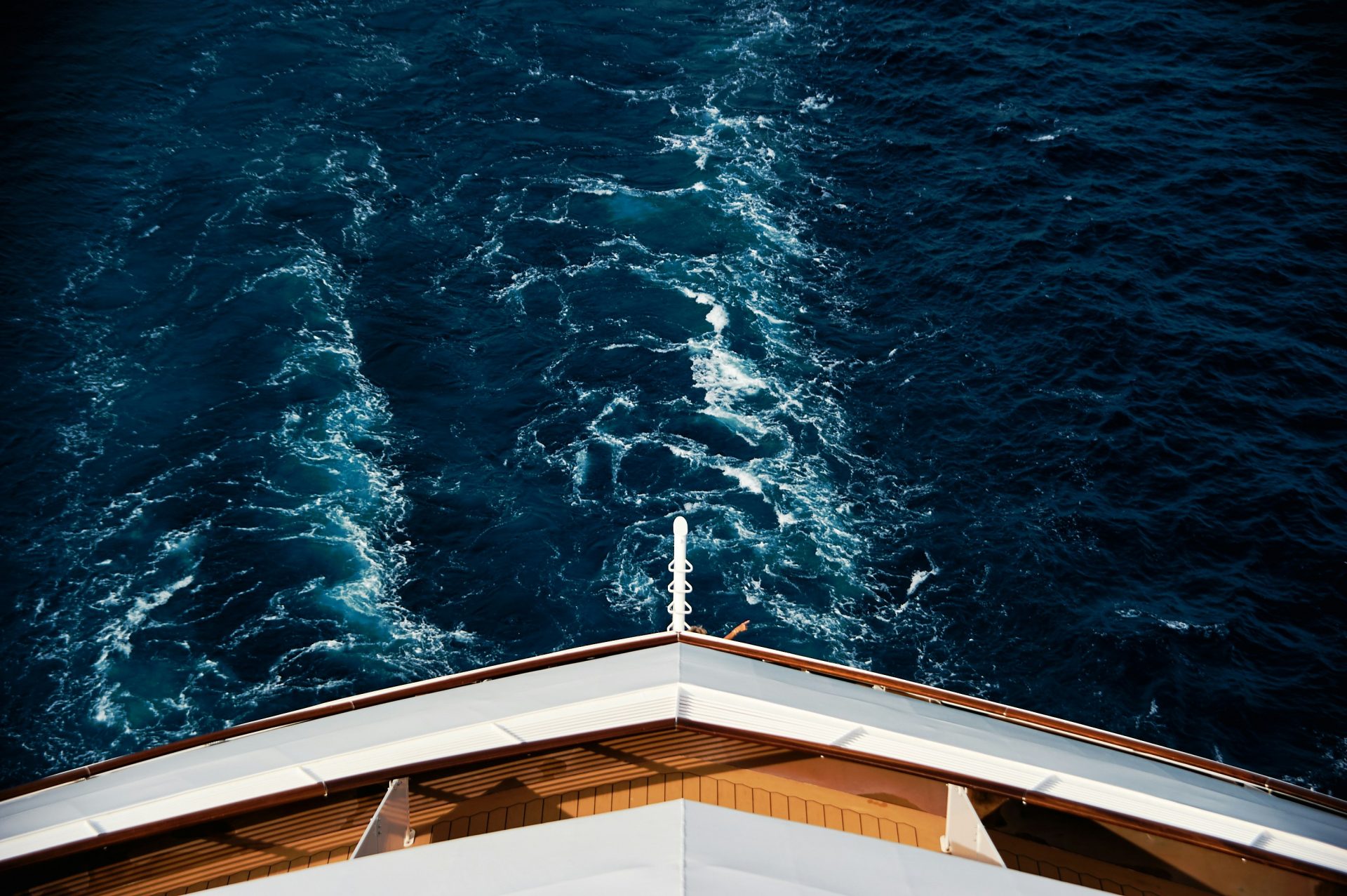The American cruise industry is witnessing its most significant port expansion in decades. According to the Cruise Lines International Association, passenger volumes are projected to surge 40% by 2025, driving cruise lines to develop innovative solutions for handling increased capacity. This unprecedented growth has sparked a wave of new port developments across the United States, promising travelers more convenient departure points and exciting new itineraries.
East Coast Port Expansions
Charleston’s newly developed Passenger Terminal Complex represents a significant leap forward in cruise operations. The terminal boasts state-of-the-art facilities capable of handling vessels up to 1,400 feet long, effectively doubling its previous capacity. This expansion includes enhanced security features, streamlined passenger processing systems, and improved ground transportation integration.
Brooklyn’s waterfront transformation has entered an exciting phase with its comprehensive pier modernization project. The $350 million investment incorporates advanced passenger handling technologies and expanded berthing capabilities. Notable improvements include a climate-controlled gangway system and automated baggage handling facilities, significantly reducing embarkation times.
Norfolk’s port renovation stands as one of the most ambitious projects along the eastern seaboard. The $275 million development encompasses a new terminal building, expanded parking structures, and upgraded utility systems. This renovation positions Norfolk as a premier cruise destination, capable of simultaneously accommodating multiple large vessels.
These expansions have catalyzed regional tourism growth. Improved accessibility through enhanced transportation links and modernized facilities has attracted more cruise lines and passengers. Local businesses report increased activity, with hotels, restaurants, and tourism services experiencing substantial growth in pre and post-cruise stays.
Gulf Coast’s Rising Stars
Mobile’s expanded cruise terminal showcases innovative design and functionality. The facility features a glass-enclosed boarding bridge, spacious customs processing areas, and dedicated VIP lounges. Advanced security systems and improved passenger flow management have reduced processing times by 40%.
Galveston’s third terminal construction marks a significant milestone in the port’s evolution. The 150,000-square-foot facility incorporates sustainable design elements and cutting-edge operational systems. Construction progress remains on schedule, with completion expected to increase the port’s annual passenger capacity by 750,000.
Port Canaveral’s infrastructure updates emphasize innovation and efficiency. New automated parking systems, enhanced terminal technologies, and expanded ground transportation options have transformed the passenger experience. The port’s commitment to technological advancement has established new standards for cruise terminal operations.
Local communities have experienced substantial economic benefits from these developments. Job creation, increased tourism spending, and growing business opportunities have revitalized coastal economies. Studies indicate a multiplier effect, with every cruise passenger generating approximately $400 in local economic impact.
West Coast Developments
San Diego’s terminal modernization project emphasizes passenger comfort and operational efficiency. The renovated facility features expanded waiting areas, improved ventilation systems, and enhanced digital connectivity. These improvements have significantly upgraded the embarkation experience while increasing processing capacity.
Seattle’s sustainable port initiatives lead the industry in environmental responsibility. Solar panel installations, water recycling systems, and shore power capabilities demonstrate the port’s commitment to reducing environmental impact. These green initiatives have reduced carbon emissions by 30% while maintaining operational excellence.
Long Beach’s capacity enhancement plans focus on accommodating larger vessels and increasing passenger volumes. The expansion includes extended berth lengths, deeper drafts, and modernized terminal facilities. These improvements enable the port to handle the latest generation of cruise ships while maintaining efficient operations.
Environmental considerations remain central to West Coast port development. Advanced waste management systems, air quality monitoring stations, and renewable energy integration demonstrate the region’s commitment to sustainable growth. These technologies establish new benchmarks for environmental stewardship in cruise operations.
Which Cruise Lines Are Leading the Expansion?
Royal Caribbean’s investment strategy targets key markets through strategic port developments. The company’s $700 million port investment program includes terminal ownership, operational partnerships, and infrastructure improvements. This approach ensures optimal passenger experiences while maintaining operational control.
Carnival’s terminal developments focus on operational efficiency and passenger convenience. New facilities in multiple markets feature advanced check-in systems, improved baggage handling, and enhanced security protocols. These investments strengthen Carnival’s market position while improving the guest experience.
Norwegian Cruise Line emphasizes regional market development through targeted port investments. The company’s approach combines terminal improvements with destination development, creating unique experiences for passengers. This strategy has proven successful in capturing market share and building brand loyalty.
MSC Cruises’ market entry strategy includes significant port infrastructure investments. The company’s expansion plans encompass new terminal developments and operational partnerships across multiple regions. This aggressive growth approach positions MSC for sustained market expansion.
Impact on Cruise Itineraries
Port expansions have created numerous new route possibilities for cruise operators. Enhanced facilities enable longer voyages, more diverse destinations, and innovative itinerary combinations. Cruise lines now offer expanded options for both traditional and emerging markets.
Destination options have grown significantly through improved port infrastructure. Passengers can choose from an increased variety of ports, including previously underserved locations. This expansion provides opportunities for unique travel experiences and specialized themed cruises.
Travel time reductions result from optimized port operations and improved vessel handling capabilities. Modern facilities enable faster turnaround times and more efficient passenger processing. These improvements allow cruise lines to offer more convenient scheduling options.
Seasonal sailing opportunities have expanded through enhanced port capabilities. Year-round operations become possible in previously seasonal markets, while improved facilities support flexible scheduling. This increased operational flexibility enables cruise lines to optimize their deployment strategies and meet varying market demands.
Looking Ahead: The Future of U.S. Cruising
The expansion of U.S. cruise ports in 2025 marks a transformative moment in American tourism. These developments not only provide more convenient access for millions of travelers but also promise to deliver economic benefits to coastal communities nationwide. As these new ports come online, travelers can look forward to more diverse itineraries, enhanced facilities, and an elevated cruising experience.

